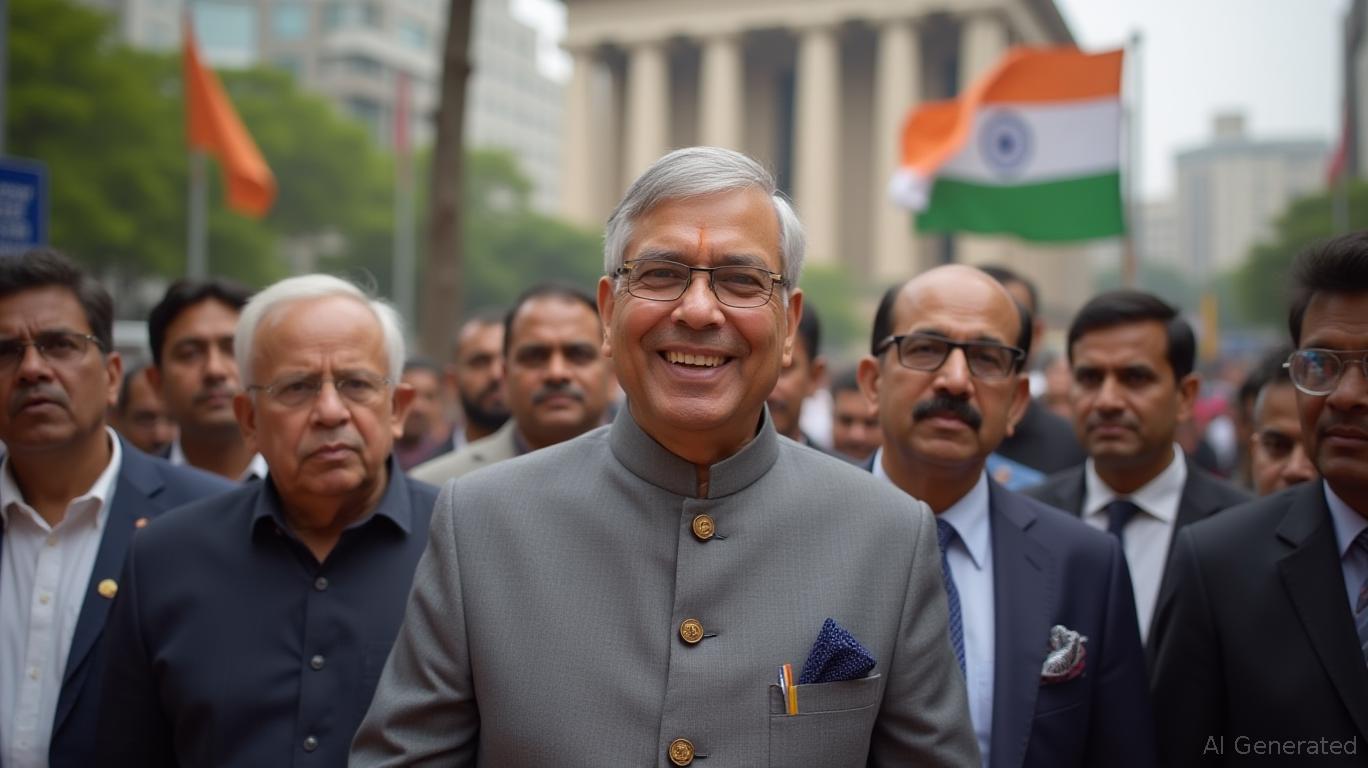China's Monetary Easing: A 50-Point RRR Cut and 10-BP Rate Reduction Signal Strategic Shift
China’s central bank has unleashed a fresh round of monetary easing, slashing key lending rates by 10 basis points (bps) and reducing the reserve requirement ratio (RRR) for banks by 50 bps—a move aimed at reigniting economic growth amid global trade tensions and slowing domestic demand. These cuts, announced in early 2025, mark a significant escalation in Beijing’s efforts to stabilize its economy, while signaling a broader global shift toward accommodative monetary policies.
Ask Aime: What impact will China's monetary easing have on the U.S. stock market?

The Rate Cuts: Lowering Borrowing Costs
The People’s Bank of China (PBOC) reduced its seven-day reverse repurchase rate—the benchmark for short-term lending—by 10 bps, from 1.5% to 1.4%. This adjustment is expected to lower the Loan Prime Rate (LPR), China’s primary policy rate, by a similar margin. A cheaper LPR will reduce borrowing costs for businesses and households, potentially spurring investments and consumer spending.
The cuts come amid softening inflation (CPI at 0.6% in February 2025) and a real estate sector in distress, with home sales down 30% year-on-year in early 2025. The PBOC also trimmed mortgage rates under the national housing provident fund by 25 bps, reducing five-year loans to 2.6% for first-time buyers—a critical step to stabilize housing demand.
This data shows how bond yields have trended downward as the PBOC eases monetary policy, reflecting declining interest rates and increased liquidity.
The RRR Cut: Floodg the Financial System with Cash
The RRR reduction—the percentage of deposits banks must hold in reserve—by 50 bps injects 1 trillion yuan ($138.6 billion) into the financial system. This is a direct liquidity boost for banks, enabling them to increase lending to key sectors like technology and real estate. The PBOC also introduced a 500-billion-yuan relending tool targeting consumption and elderly care, further channeling funds to growth-sensitive areas.
The move underscores the PBOC’s dual goals: supporting sectors critical to employment (e.g., tech, construction) and preventing a sharper economic slowdown. Analysts estimate the combined impact of rate cuts and RRR reductions could add 0.3-0.5% to China’s GDP growth in 2025.
Banks like HSBC, which operate in China, often see stock price gains as liquidity increases, reflecting improved lending opportunities.
Global Context: A Synchronized Easing Cycle
China’s actions mirror broader global trends. The European Central Bank (ECB) cut rates by 25 bps in April 2025, while Poland’s central bank slashed its reference rate by 50 bps—the first reduction in 18 months—to combat slowing wage growth. Even the U.S. Federal Reserve, after a 50 bps rate cut in September 2024, is anticipated to ease further in 2025, with terminal rates projected at 3.00%-3.25% by year-end.
This synchronization highlights how central banks are responding to U.S.-China tariff wars, which have pushed U.S. tariffs on Chinese goods to 145% and Chinese levies on U.S. imports to 125%. These trade barriers threaten global supply chains and inflation, forcing policymakers to act preemptively.
The index’s upward trajectory post-rate cuts reflects investor optimism about China’s economic rebound.
Risks and the Road Ahead
While the easing is positive, risks remain. The PBOC’s plans for further cuts—20 bps in rates and another 50 bps in RRR by year-end—depend on the Fed’s actions. If U.S. inflation stays sticky, Beijing may be constrained by dollar liquidity pressures. Additionally, China’s real estate sector remains fragile, and overly optimistic lending could reignite debt risks.
Conclusion: A Bold Move with Measured Rewards
China’s 10-bp rate cut and 50-bp RRR reduction are bold steps to address both domestic and global headwinds. The liquidity injection directly benefits banks (e.g., HSBC’s stock gains post-RRR cuts) and industries like real estate (e.g., China Vanke’s rebound in 2025). Combined with global easing trends—such as the ECB’s 25-bp cut and Poland’s 50-bp reduction—these moves signal a coordinated effort to mitigate trade-driven uncertainty.
However, the success hinges on execution. If Beijing can sustain growth without reigniting debt, the 1 trillion yuan infusion could catalyze a 0.5% GDP boost, easing fears of a prolonged slowdown. Investors should monitor China’s M2 money supply growth (targeted at 12% in 2025) and real estate sales data to gauge effectiveness. For now, the message is clear: China’s monetary toolkit is open, and the world is watching.










